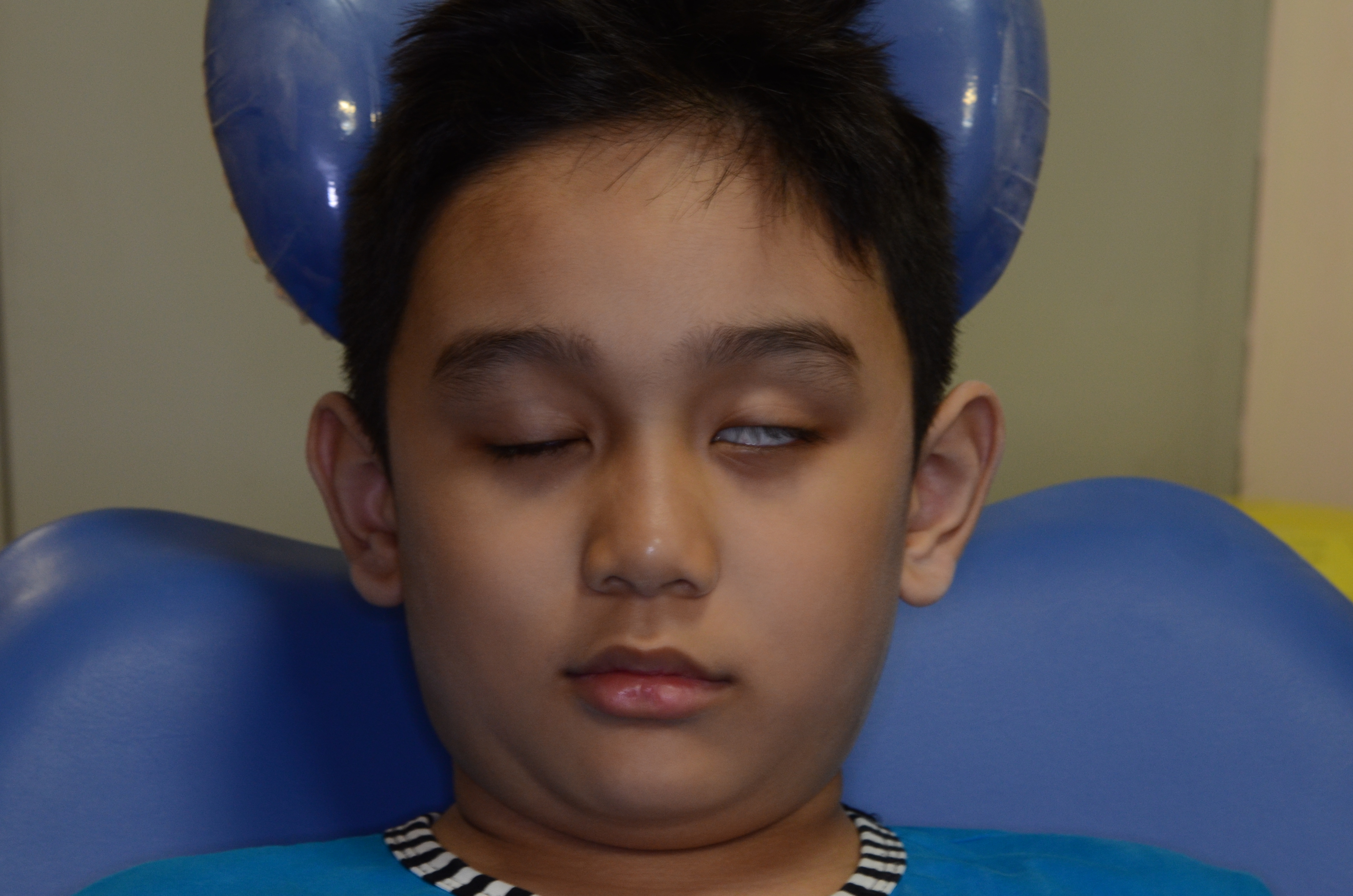What is Bell’s palsy?
Bell’s palsy is an acute paralysis on one side of the face involving facial nerve. Facial nerve is the seventh cranial nerve that innervates all muscles of facial expression and responsible for taste sensations from anterior two-third of tongue as well as supplying secretomotor fibers to the lacrimal (tear) gland and to salivary glands (submandibular and sublingual).
Why is it called Bell’s palsy?
Bell’s palsy, named after Scottish surgeon-anatomist, Sir Charles Bell (1774-1842). He specifically studied facial nerve and the first to describe the connection of this nerve to the condition.
What causes Bell’s palsy?
Most Bell’s palsy cases are of unknown cause. However, it is suggested that viral infection specifically herpes virus cause inflammation and edema in the facial nerve canal with subsequent blockage of the neural activity. Reactivation of herpes zoster (shingles) in the geniculate ganglion can cause facial paralysis, vertigo and tinnitus, a condition called Ramsay Hunt syndrome.
Several conditions including pregnancy, severe pre-eclampsia, obesity, hypertension, diabetes and upper respiratory illnesses have higher risk of getting Bell’s palsy.
How common is Bell’s palsy?
The incidence of Bell’s palsy is 20 to 30 cases per 100,000 populations. It is the most common condition of unilateral facial palsy and contributes 60 to 70% of all cases. People of all ages are susceptible to Bell’s palsy, but middle-aged people are more commonly affected.
What are the symptoms of Bell’s palsy?
Symptoms of Bell’s palsy include:
- Facial droop on one side of face that come within 72 hours
- Drooling
- Eye problems such as difficulty closing eye, excess tearing, dry eye
- Loss of ability to taste
- Pain in or behind ear
- Numbness on the affected side of face
- Increased sensitivity to sound

Figure 1: A child with Bell’s palsy. Note the left facial paralysis when patient attempting to smile

Figure 2: Patient cannot close his left eye properly
How to diagnosed Bell’s palsy?
Bell’s palsy is diagnosed clinically by ruling out other possible causes. It can be achieved simply by patient assessment using history and physical examination including performing a range of facial movements. There are no routine laboratory and imaging tests required to make the diagnosis.
How to treat Bell’s palsy?
The aims of treatment are to achieve speedy recovery and to restore facial nerve functions.
- Oral steroids
Potent anti-inflammatory agents such as oral corticosteroids can help to reduce inflammation, presumably decrease nerve edema which should minimize nerve damage and thereby improve the outcome
- Antiviral therapy
Antiviral therapy combined with oral steroids may be given within 72 hours of onset of facial paralysis. The rationale for the use of antiviral drug is that the inflammation of the facial nerve might be related to herpes virus.
- Eye care
The following treatment modalities can be implemented to prevent corneal complications:
- Use of sunglasses
- Use of ophthalmic drops and ointments
- Use of moisture chamber using polyethylene cover
- Eye patching or taping
- Combination of the above treatmen
- Other remedies such as surgical decompression, acupuncture and physiotherapy may be beneficial to some individuals with Bell’s palsy. However, there is no strong evidence to support their role.
References
1. Baugh, R.F. et al (2013). Clinical practice guideline Bell’s palsy. Otolaryngology-Head and Neck Surgery, 149(3S), S1-S27. http://doi.org 10.1177/0194599813505967
2. Murthy, J. M. K., & Saxena, A. B. (2011). Bell’s palsy: Treatment guidelines. Annals of Indian Academy of Neurology, 14(Suppl1), S70–S72. http://doi.org/10.4103/0972-2327.83092
| Last Reviewed | : | 29 October 2017 |
| Writer | : | Dr. Nur Fazilah bt. Mohd Tahir |
| Accreditor | : | Dr. Sumairi bin Ismail |







